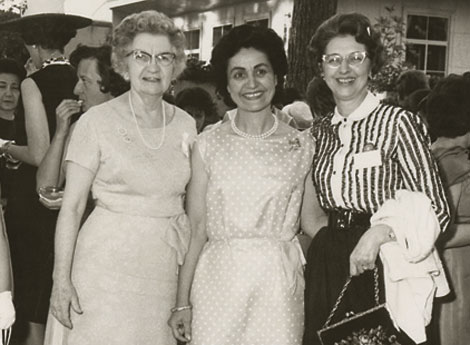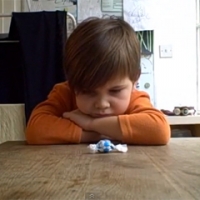Image: lds.org
If you know me well, you probably know that we don't "do" Santa at our house. However, this year, to not be so abrupt about it, I've tried to focus on Santa as being someone who reminds us to watch out for and care for others. So, every time we see a Santa, we try and think, what can we do for someone else? How can we help?
This not doing Santa really has its pro's and con's for very much the same con's as doing that Elf on the Shelf. One of the most difficult things about not doing Santa is trying to get our kids to not tell other kids, at least when they're little. Although we've not emphasized Santa at all, the funny thing this year is that our three year old asks every day when Santa is coming. Rather than saying he's not coming, I've been saying, "Christmas is in three days. We'll get some presents then, but Santa reminds us to watch out for others." Honestly, I don't appreciate that others have indoctrinated her with Santa, but I'm glad I can give her not such a disappointing answer that Santa's not real.
I realized the other day, though, a flaw in me telling her that Santa is a reminder to do nice things. It's great he's a reminder, but why don't I just tell her to think of other people when she thinks of Jesus? Simply put, we don't need Santa to remind us of that; Christ has already done it. I guess it's not PC to dress up as Jesus and walk around town, though. There's a reason it's called Christmas (Christ Mass => Christ Celebration) and not Santamas.
So, I'd love to not have to deal with Santa at all, but since I can't beat the Modern-day Commercial Santa Machine, I guess I'll just have to continue pushing the caring for others idea. As I pondered this, I realized there are A LOT of Christmas traditions that have nothing to do with Christ. Ironically, we've attached new meanings to these ideas to take them back to Christ. I'd prefer we use more stars, sheep, angels, shepherds, light, etc. to help us celebrate Christmas, but I suppose I can ditch my desire for historical accuracy and take these new symbols along with their invented stories to help remind me and my family of Christ.
Along with Santa Claus being a symbol of Christ, other invented symbols include,
- Tree - Remember the Tale of the Three Trees? I remember the first time I heard that story I was in Young Women's. Nice story, nice thoughts, but so not real!
- Candy Cane - I'll pretend it was "J" for Jesus and that the red symbolizes the blood of Christ, but focus on the thought that it might have been formed as a shepherd's crook (just not for Christmas).
- 12 Days of Christmas song - I was tickled when I heard that there was some sort of religious meaning to this silly song, and then disappointed that the "true meaning," of course, was really made up, but I can still use that retroactive meaning to remind me of Christ, I guess.
- Stockings - The only way I can remotely tie stockings to Christ is by comparing them to the shoes put out by the Spanish children that are filled with hay for the Wise Men's camels and by sewing religious pictures on them of Christ, angels, doves, and sheep.
Tonight we read "Teach the Children" from Especially for Mormons, Vol 2, a story about Santa going to someone's house pleading with the parent to teach the children the true meaning of Christmas. Here are a few more ideas on how to integrate modern symbols into the the actual past.
- Red ornament - first color of Christmas; reminds of blood of the Savior; greatest color of all; symbol of the gift of God.
- Tree - deep green a perfect background for the red ornament; second color of Christmas; symbolizes everlasting hope of mankind; youthful, hopeful, abundant color of nature; needles point heavenward (man's return toward heaven).
- Bell - reminder to return to the fold; guidance & return.
- Candle - shows thanks for the star long ago; mirrors starlight
- Bow - spirit of brotherhood of man; we should be tied with the bonds of good will
- Wreath - eternal nature of love; continuous round of affection; reminds us of all the things of Christmas.
Some of the above symbols may actually be "real," but I haven't researched them yet. For now I'll try to make these modern symbols also testify of Him, but I guess I'm just more of an Alonzo Gaskill kind of girl.












